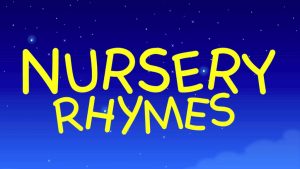
Los Pollitos
This rhyme is very popular among children and is similar to the English nursery rhyme ‘Twinkle twinkle little star.’. This song is a lullaby and is a staple for any kid in a Spanish household. It talks about the chicks and the way Mama chicken took care of them by feeding and keeping them warm. The repetitive sounds of how these birds communicate give a musical touch to this rhyme, and kids love its rhythm. It is not an exaggeration to say that every kid in a Spanish household grows up listening to this song.
Itsy Bitsy Araña
This ‘finger play’ song is very similar to the English rhyme ‘Itsy Bitsy Spider.’. Although a couple of different versions of this song is also available, wherein the spider is engaged in another kind of activity like spinning a web or climbing a wall instead of climbing a spout, they are all the same. Clumsily falling to the ground and getting drenched in the rain are the things that amuse a child and tickle its imagination. This nursery rhyme does just that and so is very popular among kids.
Las Ruedas de Este Bus
‘Las Ruedas de Este Bus’ is another nursery rhyme, which is very popular among kids. The theme of this song is riding a bus. The repetition of the words in the lyric lends it a musical touch and makes it very likable. By using the very favorite activity of the children, this song teaches about a bus and a ride on it. The different parts of the bus like brakes, horn, etc., as well as the driver of the bus, are all discussed in a sing-song way, which appeals to a child. This rhyme teaches the social skills such as taking turns and obeying the traffic rules to children.